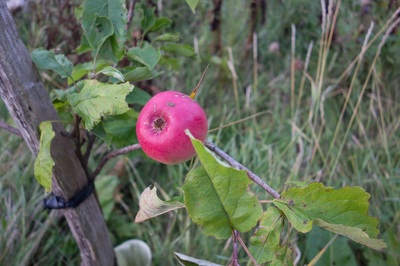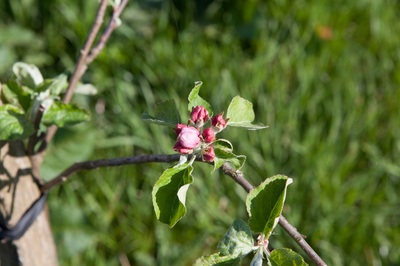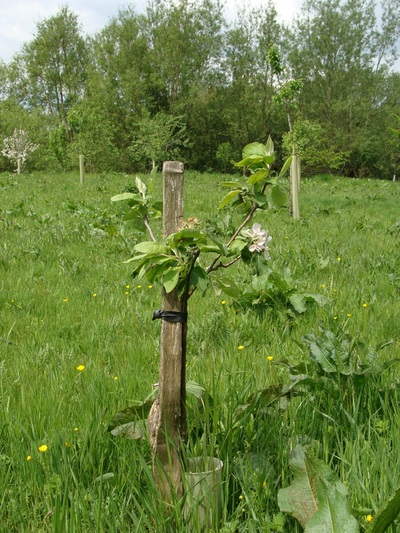winter pearmain
Description
The Winter Pearmain is one of the oldest English apples, mentioned and described by Gerard in 1597. It was also called the Old English Pearmain, though the currently known Winter Pearmain is different to Old Pearmain. It was confused with the Winter Queening, and sold under that name in the 19th century, and there is still some confusion. We cannot be sure that the tree still in existence is the original Winter Pearmain, but it has a very close resemblance according to the historical description. The medium sized apple is ribbed, flattish and green, with pronounced scarlet flushing. Traditionally used for cooking, dessert and cider making. It is a very good dessert apple in November.
The Winter Pearmain is one of the oldest English apples, mentioned and described by Gerard in 1597. It was also called the Old English Pearmain, though the currently known Winter Pearmain is different to Old Pearmain. It was confused with the Winter Queening, and sold under that name in the 19th century, and there is still some confusion. We cannot be sure that the tree still in existence is the original Winter Pearmain, but it has a very close resemblance according to the historical description. The medium sized apple is ribbed, flattish and green, with pronounced scarlet flushing. Traditionally used for cooking, dessert and cider making. It is a very good dessert apple in November.
|
Latin name: Malus domestica 'Winter Pearmain'
Type: dessert Uses: eat fresh, cooking Flavour: good Pollination group: 2 |
Flowering time: 29 April (start) 6 May (full) 13 May (over)
Picking time: early October Eating/storing time: Size: large Rootstock: M106 Year planted: 2014 |


